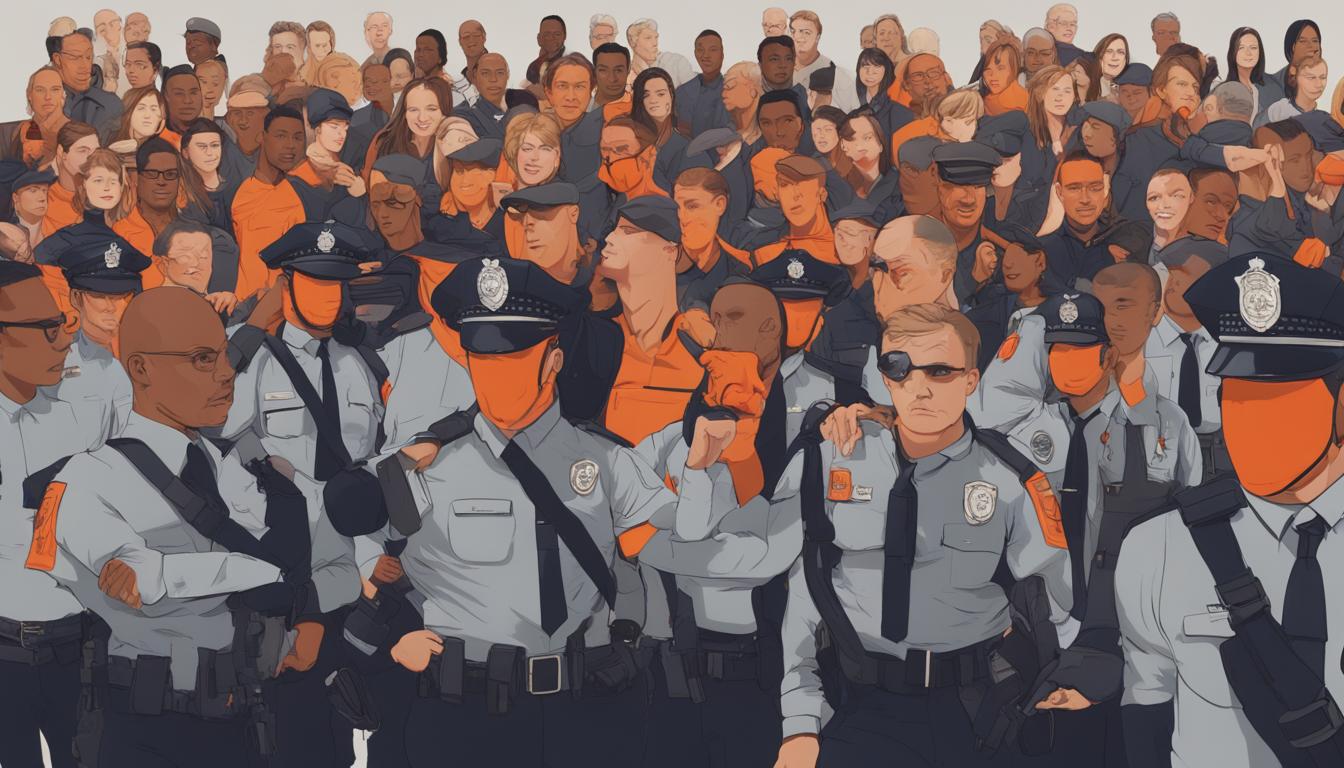An Associated Press investigation has revealed discrepancies in police training on the dangers of prone restraint across the United States. This method, involving handcuffing someone facedown, has been known for its lethal risks for decades. Despite a 1995 federal safety bulletin advising officers to turn individuals onto their side to prevent asphyxia, training inconsistencies and outdated practices persist.
The investigation looked into more than 1,000 deaths from non-gunshot-related police use of force over ten years. It found 740 cases where prone restraint was involved, identifying it as the most common and misapplied technique. The AP's findings highlight a significant variation in training standards across states, with some requiring positional asphyxia education, while others do not.
In California, despite new laws aiming to limit dangerous restraint techniques, certain instructors continue advocating prone restraint as safe. Notably, trainer David Rose, with extensive experience, has been reported for teaching methods conflicting with state law, leading to oversight action by the California Commission on Peace Officer Standards and Training.
The AP's comprehensive study is part of a broader initiative exploring police use of force, in collaboration with other journalistic and human rights organizations, emphasizing the need for standardizing and updating police training to prevent fatalities related to enforcement tactics.
